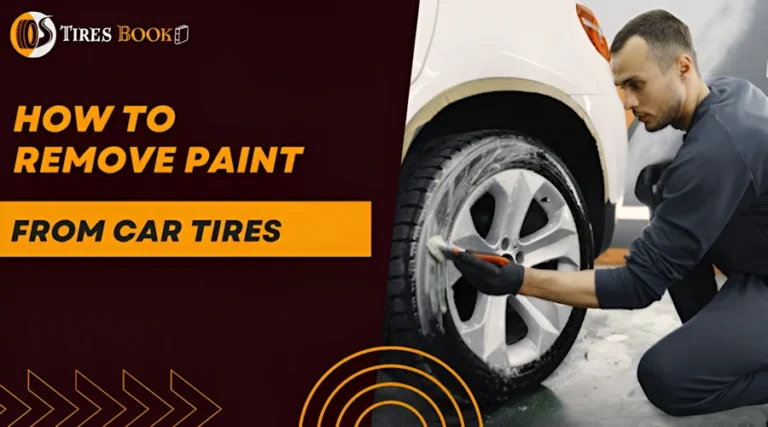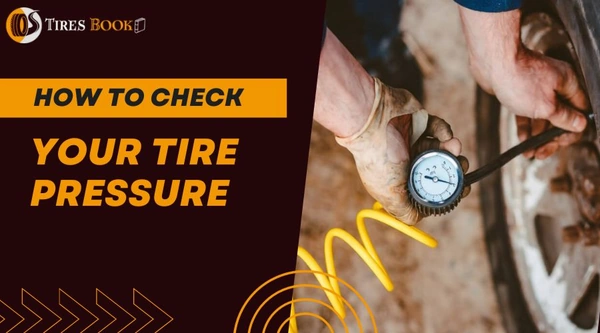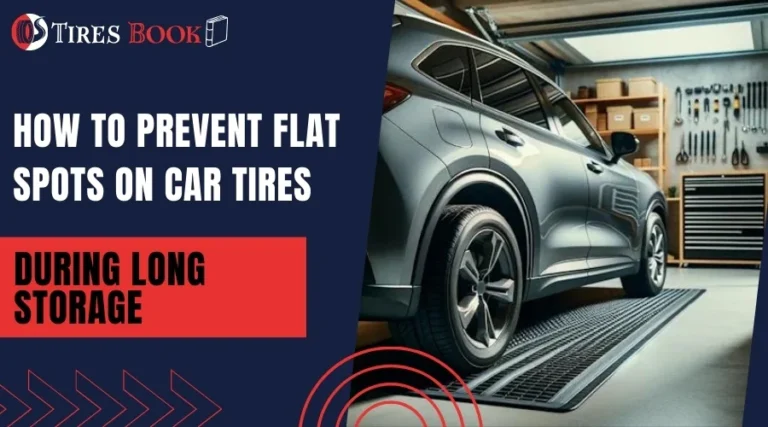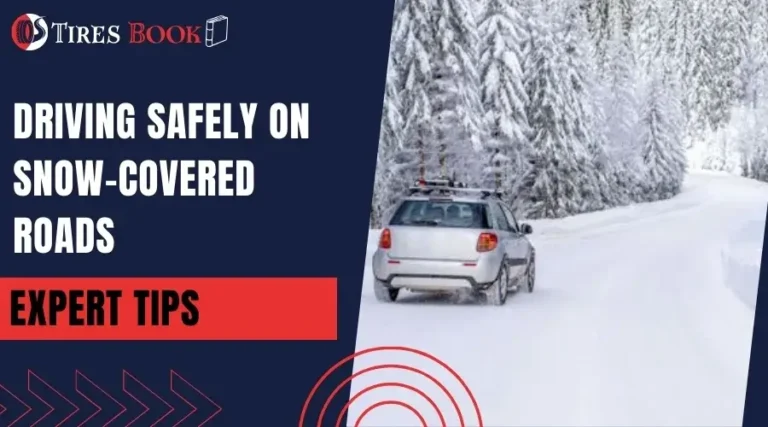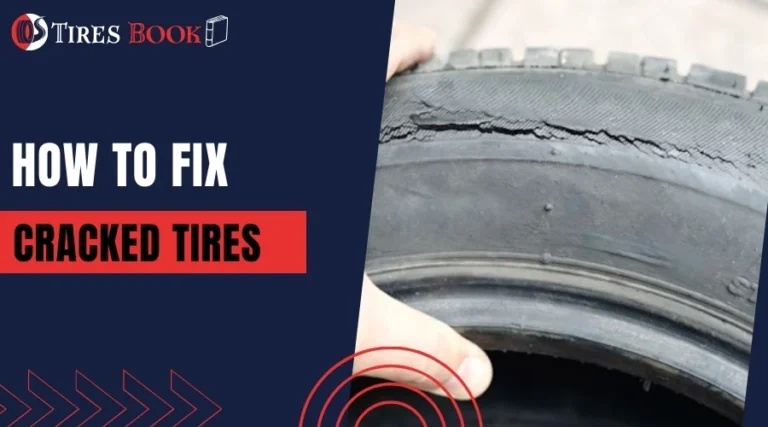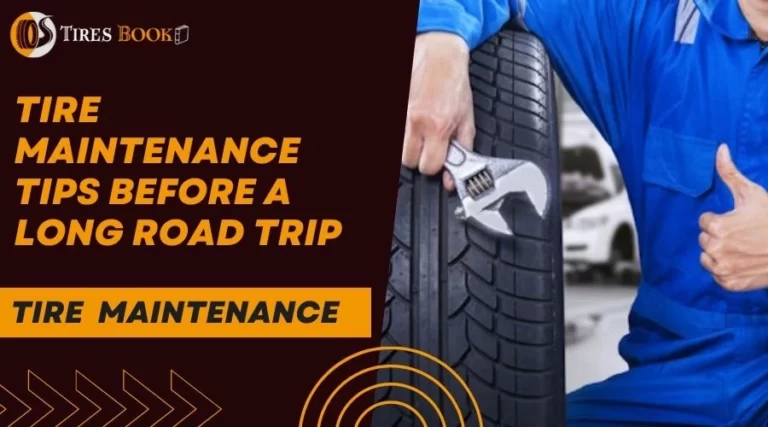Ever wondered about stretching tires? This process, often seen in car customization, involves fitting a narrower tire onto a wider wheel. It’s not just about aesthetics; there’s more to it. In this article, we explore tire stretching, its methods, and how you can do it at home.
Table of Contents
What Is Tire Stretching?
Tire stretching is the practice of mounting a tire that is narrower than the recommended size for a wheel. This results in the tire sidewalls pulling more than usual, creating a stretched look. It’s popular among car enthusiasts for its unique appearance and is often seen in tuning and car show scenes.
How to Do Tire Stretching At Home?
If you are at home, you probably don’t have a wheel mounting machine for tire stretching. In this case, you need to perform stretching using the fire method.
But it’s important to emphasize that this method is risky and not recommended. It involves using flammable substances to create a rapid expansion of air inside the tire, seating it onto the wheel.
This method should only be performed by professionals in controlled environments due to the high risk of injury and damage. Here’s a general overview of how to perform tire stretching using the fire method:
- First, mount the tire onto the wheel. The tire should be narrower than the wheel, creating a gap between the tire bead and the wheel rim. Ensure the tire is correctly positioned on the rim.
- This step is crucial. Ensure you have a fire extinguisher nearby and wear protective gear, including gloves and safety glasses. Perform this procedure in a well-ventilated, open area away from flammable materials and structures.
- Spray an adequate small amount of a flammable substance (like starter fluid or aerosol) into the gap between the tire and the wheel. This step requires extreme caution – too much fluid can cause an explosion.
- Stand at a safe distance and ignite the flammable substance with a long lighter. The idea is that the quick burst of flame will heat the air inside the tire, causing it to expand rapidly and push the tire bead onto the wheel rim.
- Immediately after the bead seats, inflate the tire to the proper pressure. You should do this quickly to maintain the seal and to ensure proper seating of the tire.
- After tire inflation, inspect it thoroughly for any damage. Check the bead seating around the entire circumference of the wheel on both sides. Ensure there are no leaks and that the tire is securely mounted.
If you’re not experienced with tire fitting and this method, it’s strongly advised to seek professional help. The risks involved with the fire method are significant, including the potential for tire or wheel damage, personal injury, or even a fire hazard.
How to Professionally Stretch a Tire?
Here is a professional and safe method of tire stretching using a wheel mounting machine:
- Position the wheel on the wheel mounting machine. Make sure to align the drop center correctly.
- Clamp the wheel and set the machine to the appropriate height.
- Apply tire lube (a mixture of dish soap and water) to ease the mounting process.
- Carefully place the tire onto the wheel, starting with one side and gradually working around the circumference.
- Use an additional tool to keep the tire pressed into the drop center of the wheel, especially for wider wheels.
- Inflate the tire to help it seat correctly on the wheel. This may require more air pressure than usual due to the stretch.
- Once you mount the tire, inspect the stretch and ensure it’s even around the wheel corners.
- Adjust air pressure as needed to fully seat the tire bead on the wheel.
Why Tire Stretching Is Not a Good Idea? Risks and Drawbacks
There are many drawbacks of tire stretching:
- Stretching a tire beyond its recommended size can lead to tire failure or blowout, particularly if the tire is stretched too far.
- Stretching tires results in a reduced contact patch, which is the area of the tire that makes contact with the road, leading to increased center wear.
- Increasing pressure on a smaller contact area due to tire stretching leads to a lower coefficient of friction, resulting in a loss of grip.
- During intense cornering, stretched tires may cause the vehicle to ride on the sidewalls, which are not designed for this purpose, leading to a significant loss of grip and potential sidewall damage.
- Using wider wheels for tire stretching increases the overall weight of the wheels, thereby adding to the vehicle’s weight.
- The increased rotational inertia of heavier stretched tires negatively impacts acceleration, effectively reducing the horsepower delivered at the wheel.
- Heavier wheels require more horsepower to decelerate, meaning they need more energy for braking, which can lead to earlier brake fade.
- The positioning of stretched tires, especially if they protrude from the car or alter its profile, can increase the aerodynamic drag of the vehicle.
- Stretched tires may adversely affect ride comfort.
- The use of stretched tires can result in heightened road noise.
Are there Any Performance benefits of Stretched Tires?
There are some arguments suggesting that a slightly stretched tire could offer performance benefits. Generally, sports car enthusiasts sometimes use tire stretching. A minor degree of stretching may result in a stiffer sidewall, which can lead to a flatter tire profile and potentially enhance steering response. This is the only benefit of stretching the tires that we know.
However, this comes with a trade-off: the increased stiffness might lead to a more sudden loss of grip, as the tire has less flexibility to compensate.
The drawbacks of tire stretching outweigh its benefits. That’s why tire professionals and technicians don’t recommend this practice.
Are Stretched Tires Legal?
United States: There are no federal laws explicitly prohibiting tire stretching. However, individual states have their own regulations. For example, in California, tires must not have visible damage that could lead to failure, a condition stretched tires might not meet, leading to potential fines or penalties.
Europe: While not explicitly illegal, tire stretching may fall under broader vehicle safety and roadworthiness regulations. It’s important to research and comply with local laws and regulations to avoid legal issues or penalties.

